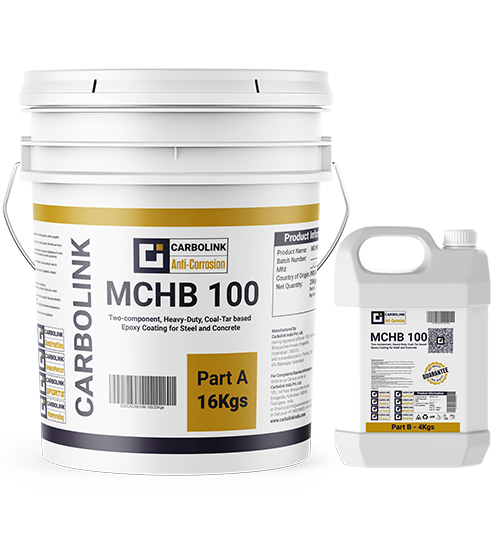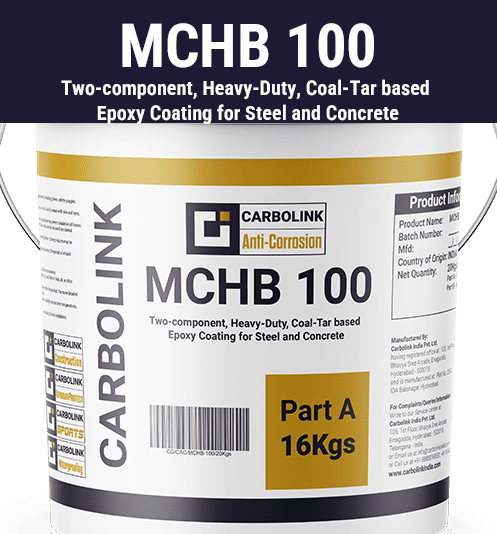Application Information
Substrate Temperature: +10℃ Min / +40C Max
Application Methodology
Surface Preparation: Clean the surface using a metal brush or shot blasting to remove rust, oil, and other contaminants. Mixing: Stir
each component separately using a hand drill-type stirrer before mixing them together. Allow the mixture to sit for 5 minutes before
application to allow any air bubbles to subside. Application: Apply MCHB 101 with a brush or spray. For spray applications, a plural
spray system is recommended.
Application Methodology
Surface Preparation Steel
Blast cleaned to ISO-Sa22 and remove dust, flakes, oil, grease or other loose foreign particles. Application of MCHB 100 should be
straight after steel preparation to prevent surface rusting. In case of new concrete, ensure the concrete is at least 28 days old and
remove any loose foreign particles by compressed air. Ensure the ambient temperature is not less than 10°C and not more than 40C at
the time of coating. To avoid condensation of moisture onto the coating substrate prior to application, RH should not be above 80% and
substrate temperature should be at least more than 3C above Dew point.
Material Preparation
Stir drums of each component of MCHB 100 thoroughly to a homogenous and uniform mix with a slow speed stirrer fitted with a
suitable mixing paddle.Component A and B in a suitably sized container. Mix properly for 3-5 minutes with a slow speed stirrer until a
homogeneous color is achieved. Keep the paddle below the surface to avoid entrapping air. Do not mix by hand. The temperature of the
mixed base and hardener should preferably be more than 12C, otherwise extra thinner may be required to obtain application viscosity.
Thinner addition results in reduced sag resistance, volume solid, and DFT. Apply the material as supplied, do not dilute with thinner.

